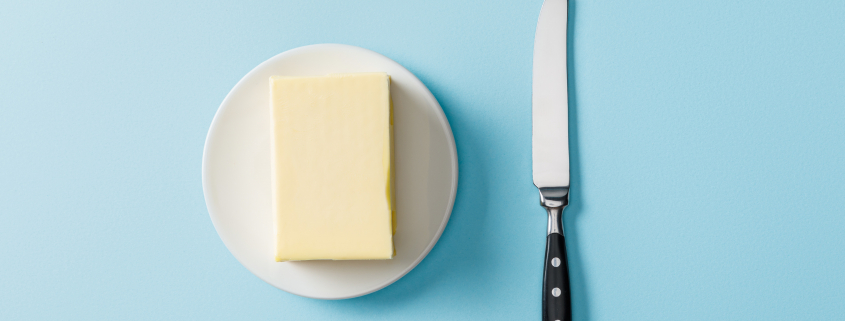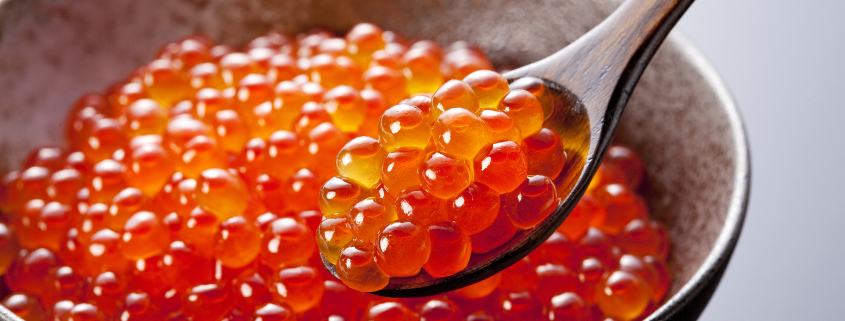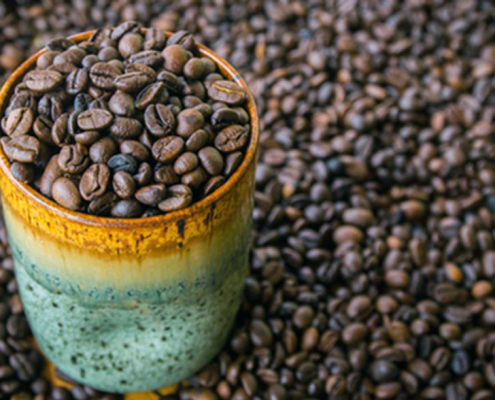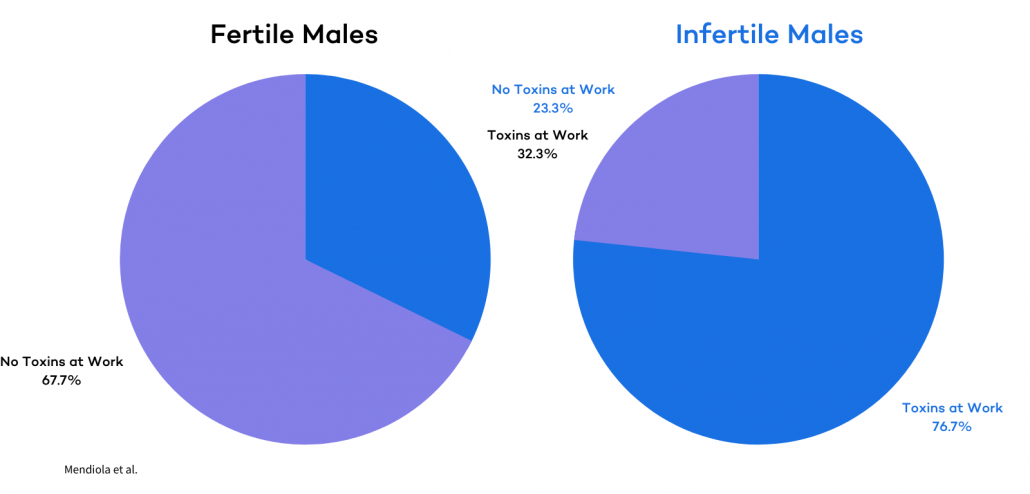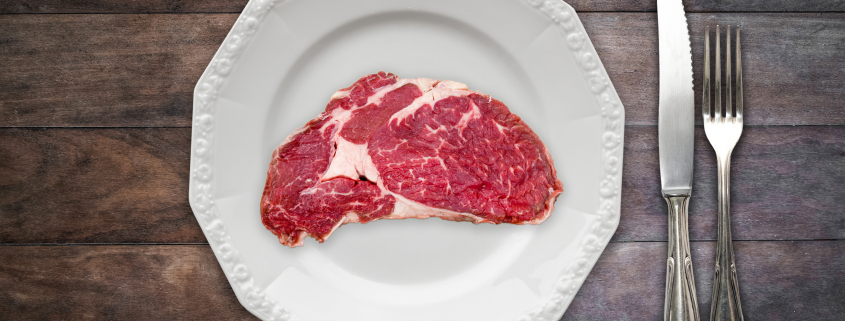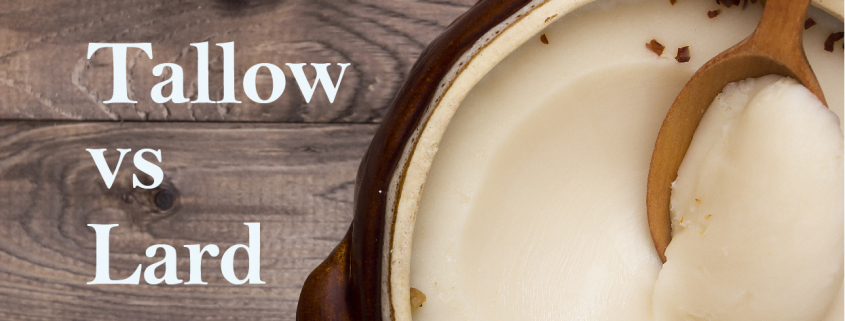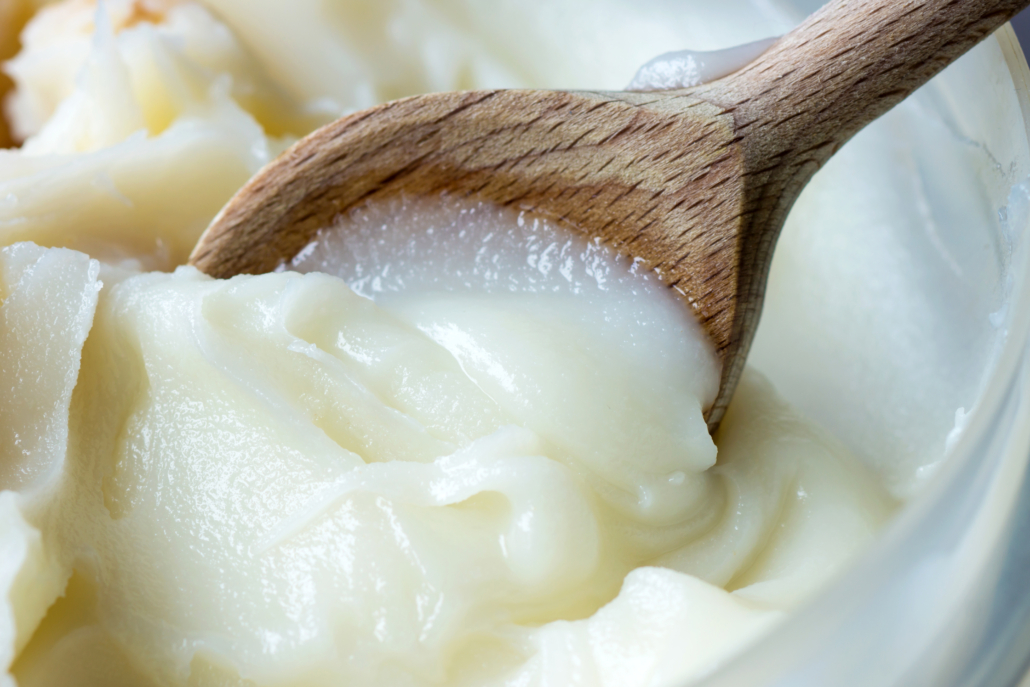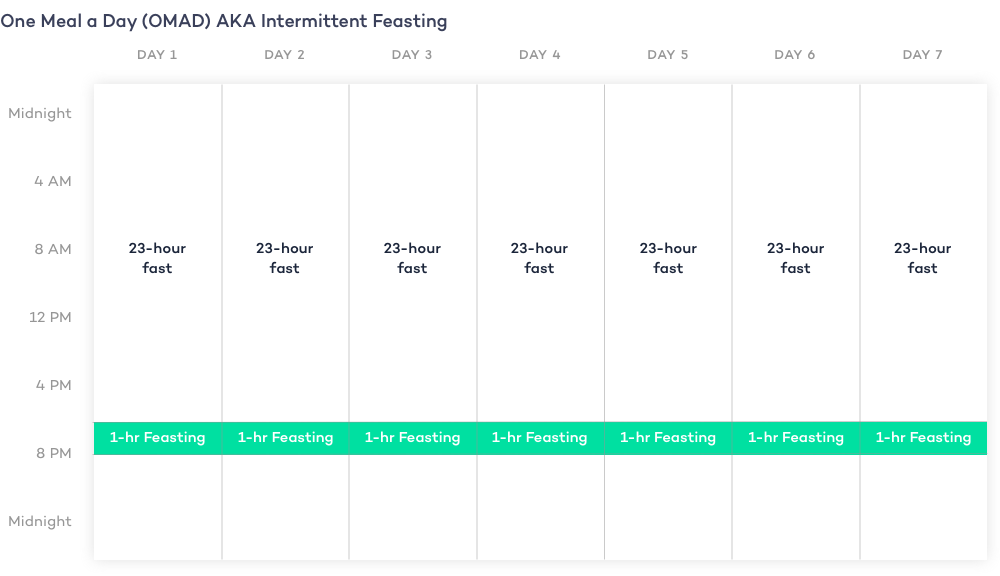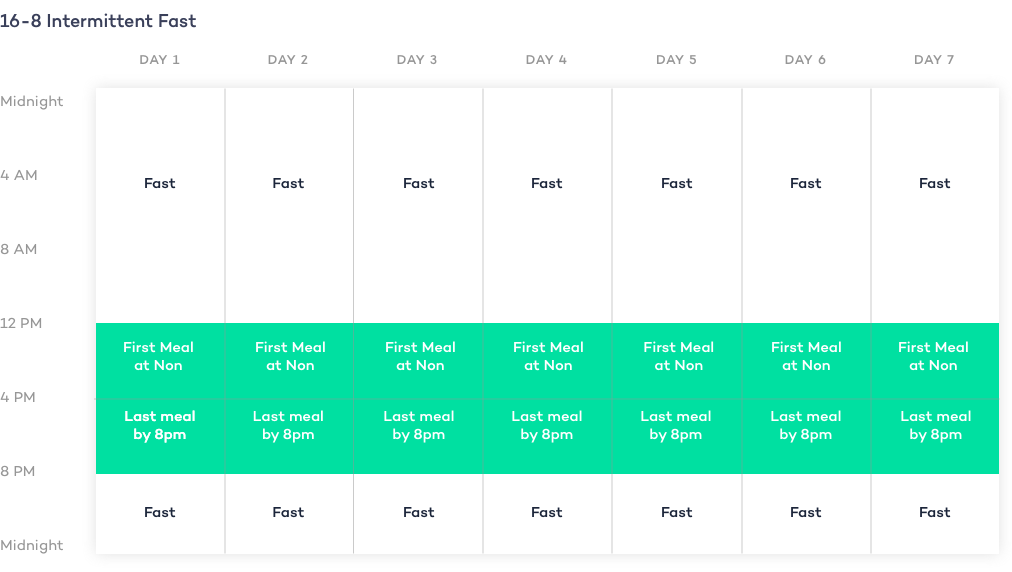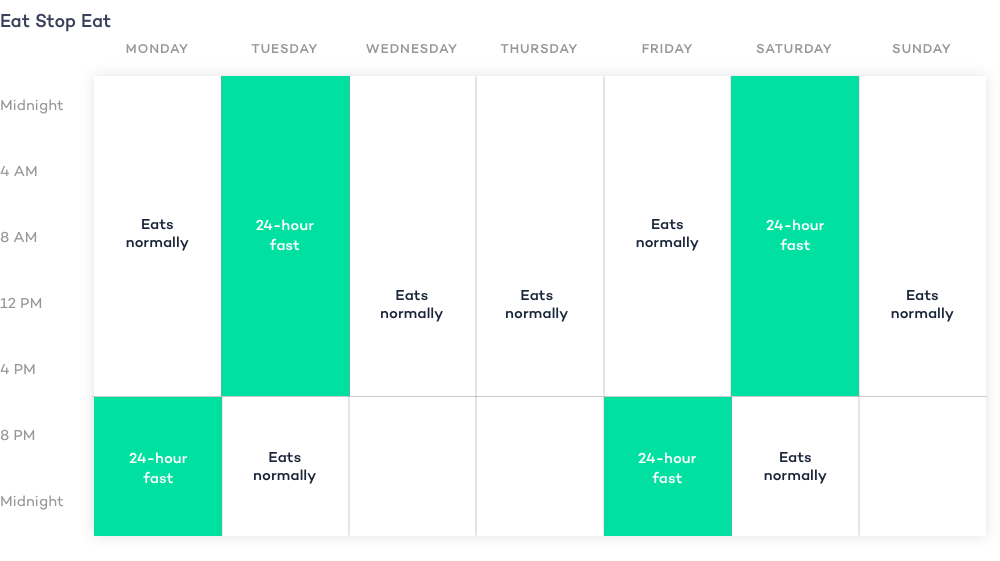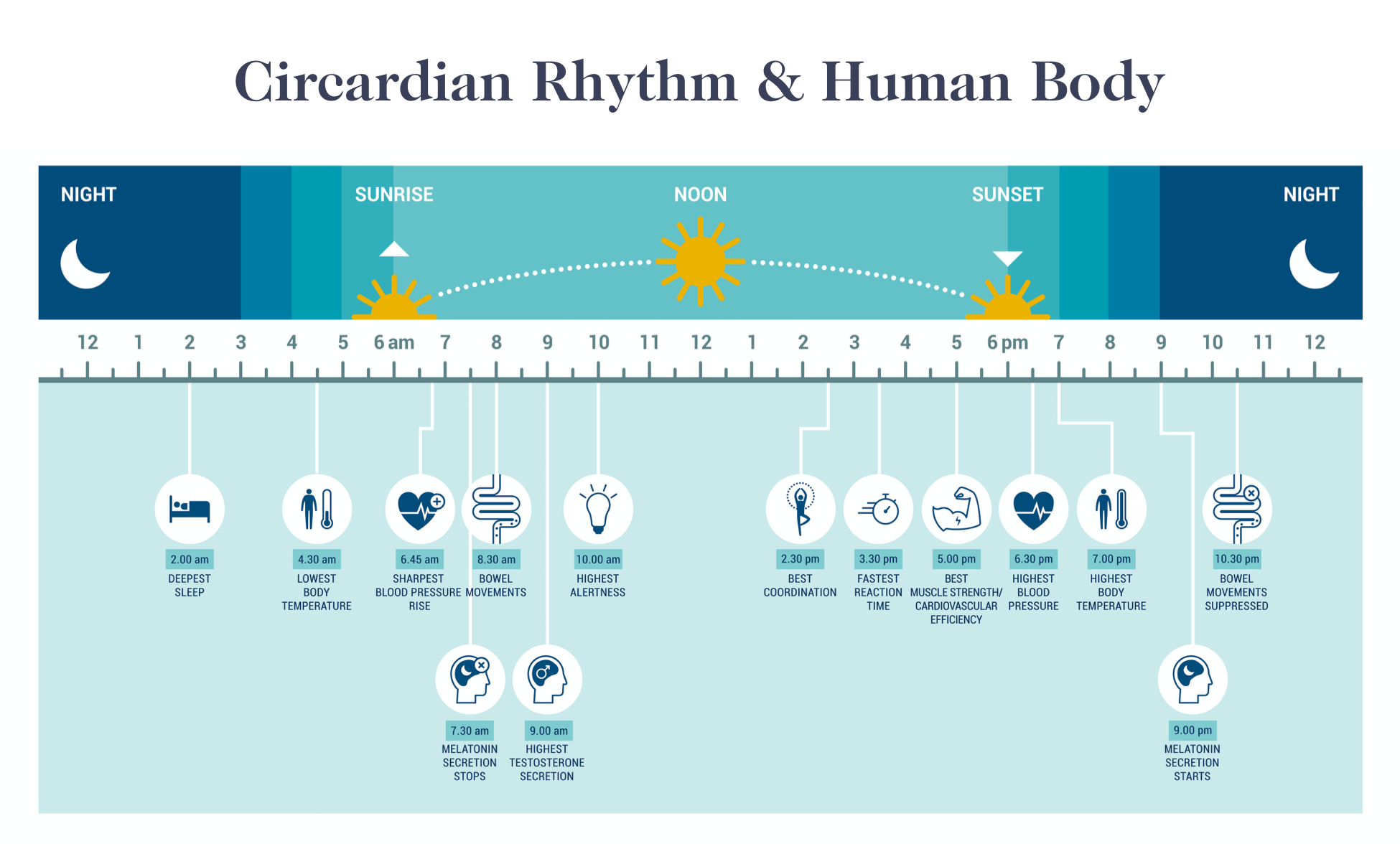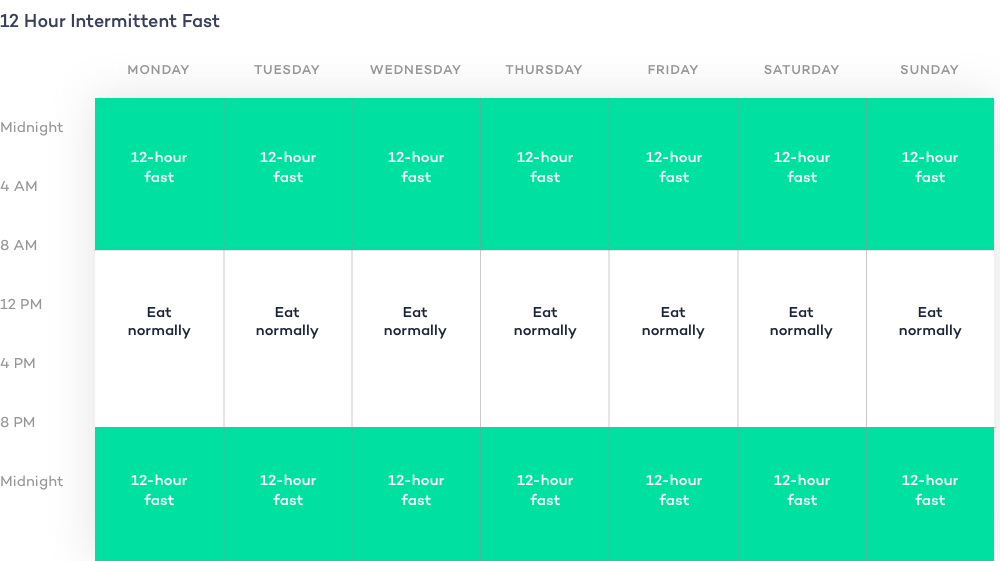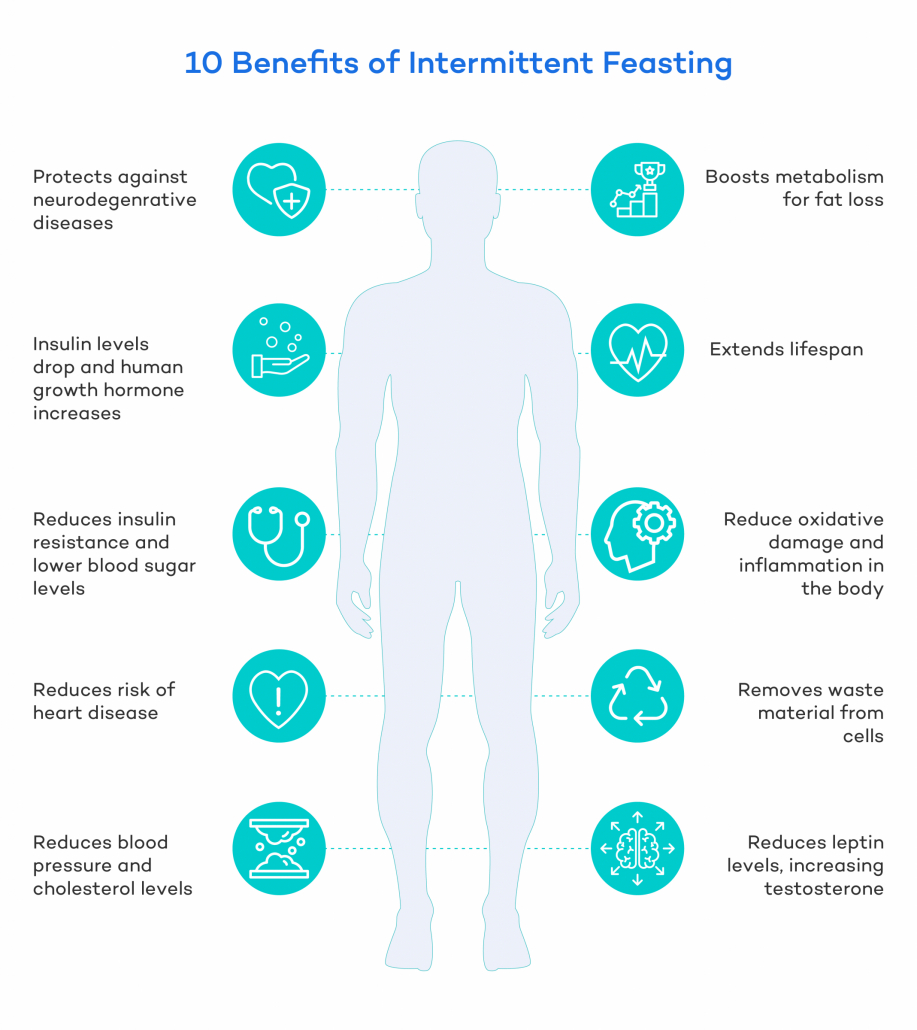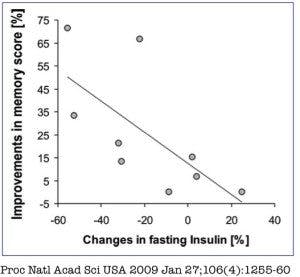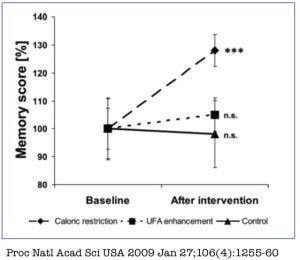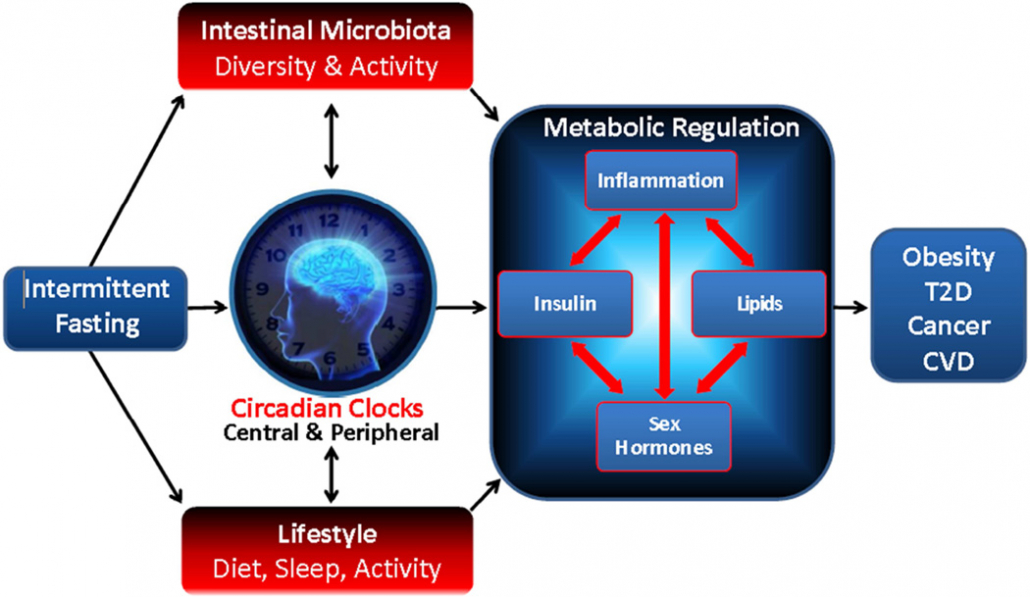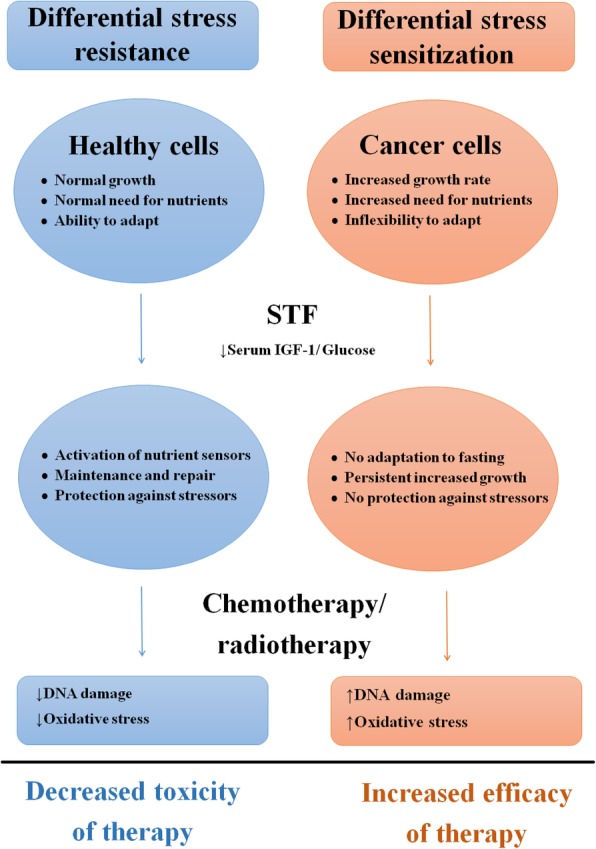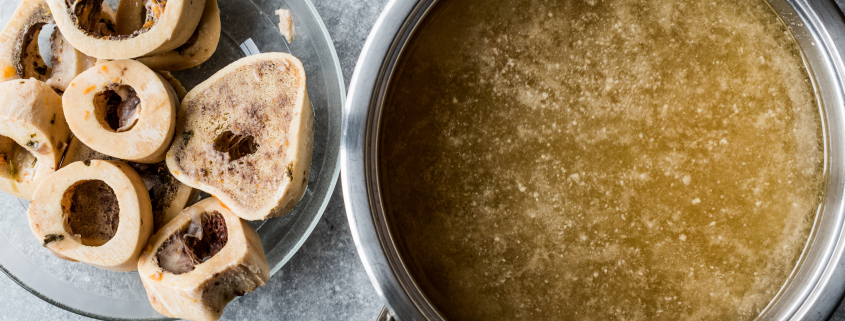Is Butter Bad for You, Or Good for You?
Despite recent research dismantling the links between fat and disease, we’re left with lingering dietary questions that deserve to be put to bed. Let’s take a look at one of the biggest: “Is butter bad for you, or good for you?”
Butter is often wrongly associated with raising cholesterol and clogging arteries. However, recent research shows that the consumption of dairy products is not linked to health problems. In fact, adding full-fat dairy products like butter to your diet may even yield health benefits.
Keep reading to learn all about butter and how it can impact your overall health.
What is Butter?
Butter is a dairy product most often derived from cow’s milk. But you can also make butter from the milk of other mammals including sheep, goats, and buffalo.
It’s made by separating the cream from raw milk and churning it until it forms solid fat. Butter is essentially the fat found in cream.
The high-fat content in butter gives it a rich flavor and creamy texture. Butter contains mostly saturated fat, which keeps it solid at room temperature.
Types of Butter
Below, we’ll outline some popular types of butter that you may encounter.
Cultured Butter
Cultured butter is made from fermented or soured cream. Adding live bacterial cultures like lactic acid bacteria to cream allows the butter to ferment and develop a sharper and more tangy flavor. These live bacterial cultures are known as probiotics and are beneficial for your gut health. Probiotics can also synthesize essential vitamins and improve your nutritional intake.
“Sweet Butter”
Sweet butter, also known as unsalted butter, is made from fresh cream. This type of butter contains no preservatives and tastes “sweeter” and “fresher” than cultured butter. You often use sweet butter for cooking and baking.
Clarified Butter
Clarified butter is made by heating butter or cream until it melts. You then remove the leftover milk solids and water. This leaves you with pure butterfat, which appears golden and translucent in color.
Ghee
Ghee is a type of clarified butter that has a toasty and nutty flavor. In India, ghee is considered one of the healthiest sources of fat. Ayurvedic medicine uses ghee to treat a variety of diseases due to its alleged beneficial properties. Animal studies show that ghee can lower cholesterol and triglyceride levels.
How Did Butter Get Villainized?
In the last 60 years, the science on fat has changed drastically. Originally, researchers looking for a way to explain the rapidly increasing heart disease rates among Americans in the 1950s concluded that saturated fat was linked to heart disease. This resulted in sensational media coverage that labeled butter as bad for you.
Unfortunately, this early research incorrectly associated butter and other saturated fat with heart disease. And it’s taken decades for researchers to untangle truth from fiction.
The New Science on Fat and Heart Disease
A major 2010 analysis published in the American Journal of Clinical Nutrition looked at 21 previous studies including 347,747 people, with a follow-up period of between 5-23 years. The researchers found that consuming saturated fats was not significantly associated with stroke or heart disease.
Unfortunately, the damage from these early studies, and their influential lead researchers, was already done. The food industry embraced the fat-free trend and replaced fats with sugar and carbohydrates.
The widespread availability and persistent marketing of fat-free and low-fat foods have contributed to the obesity epidemic in America.
Consuming foods high in carbohydrates spikes insulin levels and causes your body to store fat and lower blood sugar. This makes you feel hungry and can lead to a cycle of overeating and weight gain. It turns out that replacing fat with carbohydrates actually increases your risk of heart disease and diabetes.
Professor David Ludwig at the Harvard T.H. Chan School of Public Health states, “Despite eating less fat, we are fatter than ever before.” In response, he suggests a diet of natural whole foods, and points out that “a healthy diet should include healthy fats to boost satiety.”
Despite the evidence that butter and other saturated fat have been wrongly demonized, current dietary guidelines are not up-to-date. Shockingly, the National Institute of Health still advocates for a low-fat, high-carb diet on its website.
When considering the thousands of careers made on promoting these false beliefs, and the companies profiting from them over the last 60 years, you can see how it’s difficult to turn around the massive ship that is the mainstream nutrition establishment.
Is Butter Good for You? What the Research Says
Most research shows that butter is healthy if eaten in moderation. What’s more, butter is even linked to a variety of health benefits.
For instance, a review of 16 studies found that the consumption of high-fat dairy products like butter can lower your risk of obesity.
One large study reported that men and women aged 45-75 years who regularly consume dairy fat may have a reduced risk of a heart attack.
Another large review including more than 3.6 million people found that high-fat dairy products are not associated with any causes of mortality. Additionally, one study found that a daily serving of 14 grams of butter may lower your risk of type 2 diabetes by 4%.
Despite a vast selection of positive studies, there are a few studies showing that butter may have negative consequences. One review found small or neutral associations of butter with obesity, heart disease, mortality, and diabetes. These findings may be due to the dietary inclusion of refined grains, starches, and sugars.
It’s also possible that people who eat a lot of butter don’t heed other nutritional and lifestyle advice. Their lifestyles may have many other factors that are far worse for their health than butter-like smoking, drinking, lack of exercise, and consumption of processed foods. When considered in this light, butter may be even better for our health than even the positive studies show.
How Much Butter Can You Safely Eat?
You can safely consume multiple servings of butter on a low-carb, high-fat diet to help you meet your recommended fat intake. Of note, butter contains a lot of calories and should not be eaten in excess if you’re on a calorie-restricted diet. One tablespoon or 14 grams of butter contains 100 calories and 11 grams of fat.
Butter Nutrition: Health Benefits
Butter contains many vitamins, minerals, and beneficial compounds that can improve your health. Let’s take a look at a comprehensive breakdown of butter nutrition and its associated health benefits.
An Excellent Source of Conjugated Linoleic Acid (CLA)
Conjugated linoleic acid (CLA) is a fatty acid that is naturally produced in the digestive systems of grass-fed ruminants. Pasture-derived butter provides the highest concentrations of CLA. Research shows that CLA has many benefits for your health.
CLA possesses antitumor properties that can inhibit the growth of cancer at many different sites including the breast, colon, stomach, prostate, and liver. For example, one study found that women who consumed four or more servings of high-fat dairy foods like butter lowered their risk of colon cancer by 34%.
One large review found that CLA can reduce body weight and offer protection against heart disease. For instance, studies show that CLA reduces cholesterol in people with type 2 diabetes and improves insulin sensitivity in young, sedentary adults.
Another study found that a daily dose of 3.2 grams of CLA can result in modest fat loss in humans. Similarly, 134 overweight adults who consumed 3.4 grams of CLA daily experienced a reduction in body fat over 24-months.
Research also suggests that CLA intake may strengthen your immune system by reducing inflammation. One study involving 23 young men who received 5.6 grams of CLA daily showed decreased inflammatory markers including tumor necrosis factor and C-reactive protein.
A Good Source of Butyrate
Butyrate, also known as butyric acid, is a short-chain fatty acid naturally found in dairy products like butter. Interestingly, the live bacteria in your gut also produce butyrate.
Research suggests that butyrate has a number of impressive health benefits. Studies show that butyrate reduces inflammation in the colon and liver and enhances sleep.
Butyrate also has many other important functions in your digestive health. Butyrate provides your colon cells with energy and enhances the integrity of the intestinal barrier. It also regulates bowel motility and the composition of the bacteria in your gut.
Due to its many roles in the digestive tract, butyrate may improve digestive conditions like irritable bowel syndrome (IBS) and Crohn’s disease.
One study found that dietary butyrate may prevent the development of type 2 diabetes. Another study showed that butyrate may improve insulin sensitivity and reduce body fat.
However, many of these studies were performed on animals and used concentrated doses of butyrate. More research is needed to determine the health benefits of butyrate on humans.
High in Healthy Saturated Fat
Butter contains about 63% saturated fat, 26% monounsaturated fat, and 4% polyunsaturated fat. Historically, the saturated fat in butter was thought to be bad for you. However, recent research suggests that saturated fat does not clog your arteries or contribute to heart disease.
The saturated fat in butter is resistant to oxidation and can be safely used during high-heat cooking methods. The high smoke point of butter prevents the formation of free radicals during cooking. Free radicals are harmful molecules that can damage our cells and lead to the development of health conditions.
Butter is high in lauric acid, a form of saturated fat that has antimicrobial and antifungal properties. Lauric acid reduces pathogenic bacteria in the gut and promotes a healthy intestinal environment.
Rich in Vitamins and Minerals
Butter contains many vitamins and minerals that support optimal health.
The vitamin D in butter can increase the absorption of calcium and strengthen bones and teeth. Vitamin D can also enhance your immune function and reduce your risk of cancer and hypertension.
Butter contains the following nutrients that are essential for fertility :
- vitamin B12,
- vitamin A,
- vitamin D,
- vitamin E,
- selenium
- iodine.
One study found that adding one serving of a full-fat dairy product like butter to your daily diet can reduce the risk of infertility by over 50%.
Vitamin K2 in butter may prevent the buildup of plaque in the arteries. One study found that vitamin K2 supplementation for 270 days reduced the progression of atherosclerosis in people with chronic kidney disease stages 3-5.
Butter is a great source of easily absorbable vitamin A. Vitamin A supports many bodily functions including vision, thyroid gland function, immune function, and endocrine function.
Yet, although butter contains many essential vitamins and minerals, it may not have a large impact on your total nutrient intake because you usually consume it in small amounts. Unless of course, you’re on a high-fat low-carb diet.
Is Butter Bad of You, or Good for You? The Takeaway
Butter nutrition contains many beneficial nutrients such as conjugated linoleic acid (CLA), butyrate, vitamins, and minerals.
Research shows that eating high-fat dairy products like butter is likely good for you and can reduce your risk of obesity, diabetes, and heart disease. Butter is also linked to improved sleep, immune function, and fertility.
However, the beneficial effects of any food can be altered by diet, genetics, or other risk factors. Butter provides the most benefit on a low-carb, high-fat diet. If you consume butter while eating a diet rich in sugars and processed carbohydrates, you can increase your risk of health complications like heart disease.











